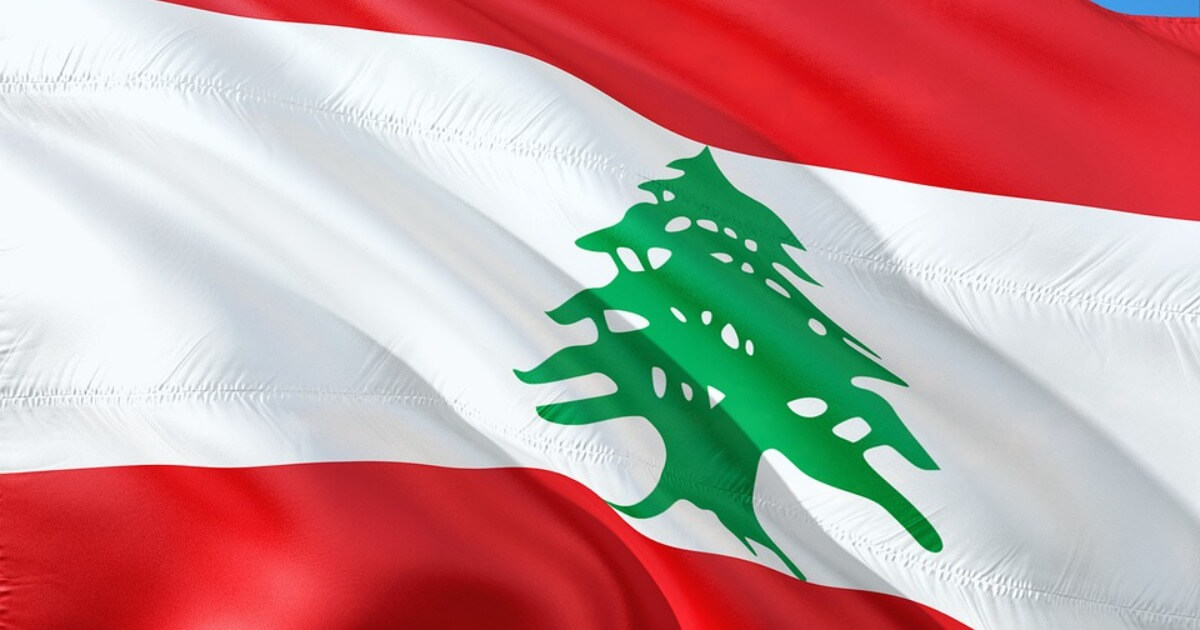What’s at Stake in Lebanon
Lebanon’s peaceful revolution faces being crushed by Iran-backed Hezbollah terrified of a new Middle East politics.
October 31, 2019

Can Lebanon’s peaceful revolution, the mass mobilisation called thawra, survive? Can it become like the Polish Solidarity transformation of 1980 or the Portuguese carnation revolution of 1974 which ended autocratic rule in Portugal?
In other words, can it be the first uprising in the Arab world which does not end with bloodshed, arrests, torture and the dashing of civil society hopes?
What’s happening in Lebanon strikes at the heart of the country’s power politics, which is based on confession not class or ideology.
Meanwhile, the educated and social media savvy Lebanese of the millennial generation who are occupying the squares and the streets want a modern democratic politics and economics.
The arch-conservatives? Hezbollah
This is unacceptable to the conservative power-holders, notably Hezbollah. Its days as a radical social and political movement are long gone. What remains as its stock in trade is its military wing and its hatred of Israel.
In their effort to uphold the old order, hundreds of Hezbollah and other Shi’a thugs — the Shabeb — have attacked Beirut’s downtown area where, over the last several weeks, a considerable protest space has been erected.
A sprawl of hastily erected tents, food stands, stages had spread across Downtown Beirut from Martyr’s Square.
This occupation of the central business and shopping district is the most important symbol of the struggle for control of the city and, by extension, of the country’s politics.
In the depoliticized and decentralized way in which it operates, the Lebanese thawra has gripped the entire nation. While leaderless, it has established a clear set of demands – most prominent among them an end of sectarian organization of the political system, as well as a call for immediate elections under a new electoral law overseen by a transitional government.
The old guard fights for relevance
Speeches by Hassan Nasrallah, leader of Hezbollah, Saad Hariri, the Sunni billionaire Prime Minister, and Michel Aoun, the 84-year-old Maronite president during the upheaval have tried to tamp down the protest.
Hariri promised a set of piecemeal economic reforms that were disconnected from the dire economic realities suffered by Lebanese people.
Protestors openly laughed at Aoun’s pre-recorded speech. It seemed the octogenarian president had fallen asleep several times and was unable to stitch together more than a few sentences.
The most powerful of the three, Nasrallah, spoke twice – dismissing the hundreds of thousands of young Lebanese protestors as insignificant. He insisted Hezbollah was the only organization capable of true revolutionary commitment.
A week later, Nasrallah mimicked the Chinese Communist Party’s line in the Hong Kong protests and blamed unnamed international forces of financing the leaderless protests.
Now, his master, in Iran, Ayatollah Ali Kahmenei, has said the United States is behind the Lebanese movement.
Laughing at the nonsense
On the streets of Beirut, such nonsense is laughed at. However, the danger for a severe pushback is very real. No question, Lebanon’s thawra movement represents a threat for the non-democracy regimes of Iran and the Gulf.
The attacks on the pro-democracy movement by Lebanon’s old-guard leaders just confirms the cynicism that firmly resides in the Lebanese people’s minds about the corruptible nature of power.
Two of the main cries chanted by the hopeful protestors, “kellon yani kellon” (everyone means everyone) and “kelna yani kelna” (all of us means all of us) have loudly hinted at Nasrallah’s complicity in the corrupt system.
Before the thawra, insulting or denouncing any politician by name was illegal. Since the protest, calling out the political class and its leaders has been fair game, except Nasrallah whose reputation in the southern, largely Shi’a regions, is not allowed to be questioned.
Legitimacy of Hezbollah in question
The protest has posed a serious threat to the legitimacy of Hezbollah and of Amal (another Shi’a political group under the authority of Speaker of the House Nabi Berri and close to Iran).
While Hezbollah and Amal are built around strong networks and are well-armed, their existence is dependent on a weak state.
The stakes for Hezbollah are high. Its power lies in the confessional system used to mobilize people along sectarian lines instead of class identity or progressive affiliation and identity.
Hezbollah is directly threatened by the emergence of a new rival form of civil resistance against the state and elites that now includes Hezbollah. That is why Hezbollah wants to see this revolution fail.
Scoundrels pushing back
Hundreds of aggressive young men, the shabeb, waving Hezbollah and Amal flags attacked the vast sprawl of tents and stages from Martyr’s Square to Riad al Sohl Square.
Women, children and men were beaten up. After an hour of standing idly watching the destruction unfold, the army fired tear gas and rubber bullets forcing the Hezbollah and Amal shabeb to disperse.
There is little doubt about the coordination between the state forces and these gangs. There are endless checkpoints that must be passed to get close to Beirut from either the north, east or south – let alone downtown Beirut.
Western-backed Saad Hariri
This violence was followed by the resignation of the ineffective, if spectacularly wealthy prime minister Saad Hariri, the Sunni billionaire prime minister (like his assassinated father) and who is the favorite of Western powers (especially the United States and France).
He sought to send a signal that the departure of the principal Sunni leader would collapse Lebanon’s confessional state. But his gambit failed. The end of the corrupt and clientelistconfession-based political order is precisely what young Lebanese dream of.
What comes next?
Now the thawra must find ways to consolidate its strength and stand firm against the internal politicking and rivalries within the corrupt government. The western-backed Hariri has gone (but may return), but the chant “kellon yani kellon” – everyone means everyone and they should all go continues to reverberate.
In the United States and Europe, neither the politicians nor the media have paid much attention to the Lebanese revolution. In addition to the peaceful movements of Polish Solidarity in 1980, and the carnation uprising in Portugal in 1974, one can see parallels with the South Korean mobilisation of 1987 that ended military rule.
Lebanon’s thawra movement is non-violent. It is without personality leadership. In a positive frame, maybe this means no one in the Euro-Atlantic democratic world needs to engage and support Lebanon’s thawra.
One can only hope that the magic works this time around. To have a shot at a good future, it is not just Lebanon, but the entire MENA region that needs to leave behind the false allure of faith-based politics and economic clientelism and instead embrace democratic solutions.
That’s the only way to solve the problems which confessional politics cannot solve. They just bury them deeper, making the ultimate day of reckoning that much more painful.
Takeaways
Lebanon’s thawra movement represents a threat for the non-democracy regimes of Iran and the Gulf.
Young Lebanese dream of the end of the corrupt and clientelist confession-based political order.
Confessional politics just bury problems deeper, making the ultimate day of reckoning that much more painful.
Attacks on Lebanon’s pro-democracy movement by old-guard leaders confirms the corruptible nature of power.
While Hezbollah is built around strong networks and are well-armed, its existence is dependent on a weak state.
